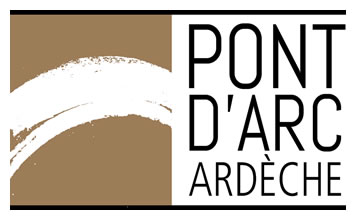As the world becomes increasingly digital, many companies are turning to software-based products to provide services to customers. However, the use of software presents unique challenges when it comes to determining how to compensate the parties responsible for its creation, development, and distribution.
One common solution is to create a software royalty agreement. In this article, we’ll explore what a software royalty agreement is, why it’s important, and what key elements should be included in such an agreement.
What is a Software Royalty Agreement?
A software royalty agreement is a legal contract between a software developer and another party that grants them the right to use or distribute the software in exchange for compensation. The agreement typically outlines the terms of use and compensation, as well as any restrictions or limitations on how the software can be used.
The compensation paid to the software developer is commonly referred to as a “royalty,” which is typically a percentage of the revenue generated from the use or sale of the software. The royalty payment is usually made on a regular basis, such as monthly or quarterly.
Why is a Software Royalty Agreement Important?
Software royalty agreements are important for several reasons. First, they provide a clear understanding of the terms and conditions under which the software can be used or distributed. This helps to prevent misunderstandings or disputes between the parties involved.
Second, royalty agreements help to ensure that the software developer is fairly compensated for their work. Because software development can be a time-consuming and expensive process, it’s important to have a clear agreement in place to ensure that the developer is compensated appropriately.
Finally, royalty agreements help to protect the intellectual property rights of the software developer. By clearly outlining the terms of use and restrictions on the software, the developer can ensure that their software is not being used in a way that violates their intellectual property rights.
Key Elements of a Software Royalty Agreement
When creating a software royalty agreement, there are several key elements that should be included:
1. Definition of the software: The agreement should clearly define the software that is being licensed, including any related documentation or updates.
2. Royalty payment terms: The agreement should specify the royalty rate, how it will be calculated, and when payments will be made. It should also outline any circumstances under which the royalty rate may be adjusted.
3. Use restrictions: The agreement should outline any restrictions on how the software can be used, including the number of users, types of devices on which it can be used, and any geographic limitations.
4. Confidentiality and intellectual property rights: The agreement should specify how confidential information will be protected, as well as any intellectual property rights held by the software developer.
5. Termination terms: The agreement should outline the circumstances under which the agreement can be terminated, as well as any notice requirements or penalties for termination.
Conclusion
Software royalty agreements are an important tool for protecting the rights of software developers and ensuring fair compensation for their work. By including key elements such as the definition of the software, royalty payment terms, use restrictions, confidentiality and intellectual property rights, and termination terms, parties can create a clear understanding of the terms and conditions under which the software can be used or distributed. As more companies turn to software-based products to provide services, software royalty agreements will become increasingly important in ensuring that everyone involved is fairly compensated and protected.







